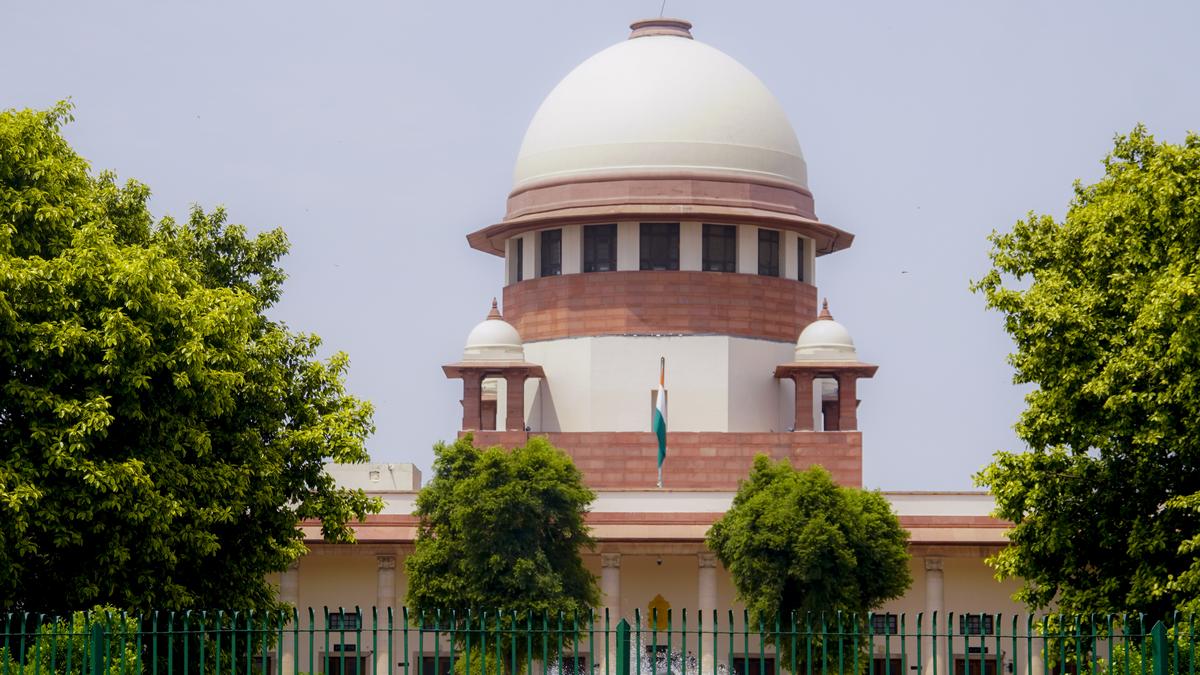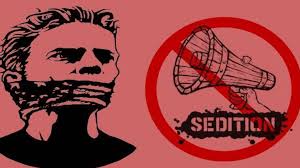Description
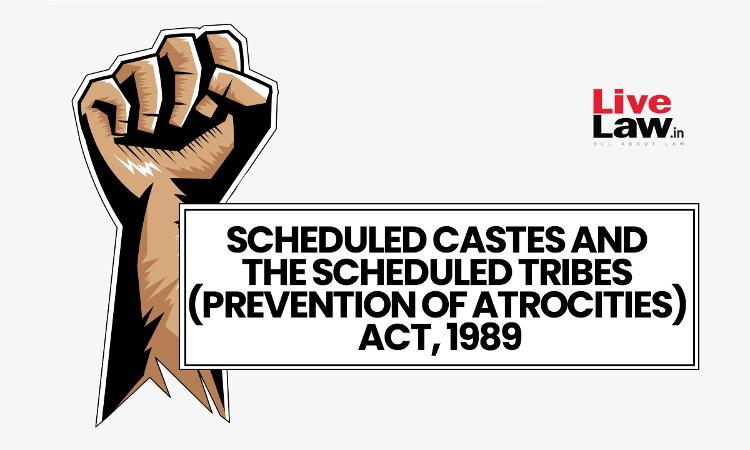
Copyright infringement not intended
Picture Courtesy: https://www.livelaw.in/high-court/jharkhand-high-court/jharkhand-high-court-scst-act-misuse-marginalized-communities-238274
Context: The Allahabad High Court's recent ruling on the interpretation of section 3(1)(r) of the Scheduled Castes and Scheduled Tribes (Prevention of Atrocities) Act, 1989 has significant implications for cases involving alleged insults based on caste identity.
Details
- The Allahabad High Court has quashed criminal proceedings against three individuals, including the applicants, for violating section 3(1)(r) of the Scheduled Castes and Scheduled Tribes (Prevention of Atrocities) Act, 1989. The court argued that the offence was committed in the complainant's house, which is not a public place and was not in public view, and thus, no offence would be made under this provision.
- The court asserted that for an act to constitute an offence under section 3(1)(r) of the SC/ST Act, it must be committed in public view. This section specifically deals with intentional insult with the intent to humiliate a member of a Scheduled Caste or Scheduled Tribe in any place within public view.
Scheduled Castes and Scheduled Tribes (Prevention of Atrocities) Act
- The Scheduled Castes and Scheduled Tribes (Prevention of Atrocities) Act, 1989 is a legislation enacted by the Government of India aimed at preventing atrocities against individuals belonging to Scheduled Castes (SC) and Scheduled Tribes (ST) communities.
Definition of Scheduled Castes (SC) and Scheduled Tribes (ST)
- Scheduled Castes (SC) and Scheduled Tribes (ST) are terms used in India to refer to historically marginalised communities.
- Scheduled Castes are those castes which have been historically disadvantaged and subjected to discrimination.
- Scheduled Tribes are indigenous communities that have been historically marginalised and often inhabit remote or hilly areas.
Purpose of the Act
- The primary purpose of the Scheduled Castes and Scheduled Tribes (Prevention of Atrocities) Act, 1989 is to provide legal protection to members of SC and ST communities from various forms of discrimination, harassment, and violence perpetrated against them due to their caste or tribal identity.
- The Act aims to prevent atrocities such as social boycotts, forced labour, denial of access to public places, and other forms of discrimination.
- It also provides for special courts and exclusive public prosecutors to handle cases registered under this Act, ensuring speedy justice for victims of atrocities.
|
The Act aims to address the historical injustices and discrimination faced by these communities and promote their social, economic, and political empowerment.
|
Prohibited Acts
- The Scheduled Castes and Scheduled Tribes (Prevention of Atrocities) Act, 1989, lists several prohibited acts aimed at safeguarding members of SC and ST communities from discrimination and violence.
Offences against SCs/STs
- Physical harm: Any form of physical violence, assault, or injury inflicted upon a member of the SC or ST community.
- Verbal abuse: Using derogatory language, insults, or slurs directed at individuals based on their caste or tribal identity.
- Intentional humiliation: Deliberately subjecting members of SC or ST communities to acts that degrade or demean them.
- Denial of customary rights: Preventing members of SC or ST communities from exercising their traditional or customary rights, such as access to public resources or participation in community rituals.
- Forced labour: Compelling individuals from SC or ST communities to perform labour against their will, often under exploitative conditions.
- Sexual exploitation: Subjecting members of SC or ST communities to sexual harassment, assault, or exploitation.
- False accusations: Falsely implicating individuals from SC or ST communities in criminal cases or making baseless allegations against them.
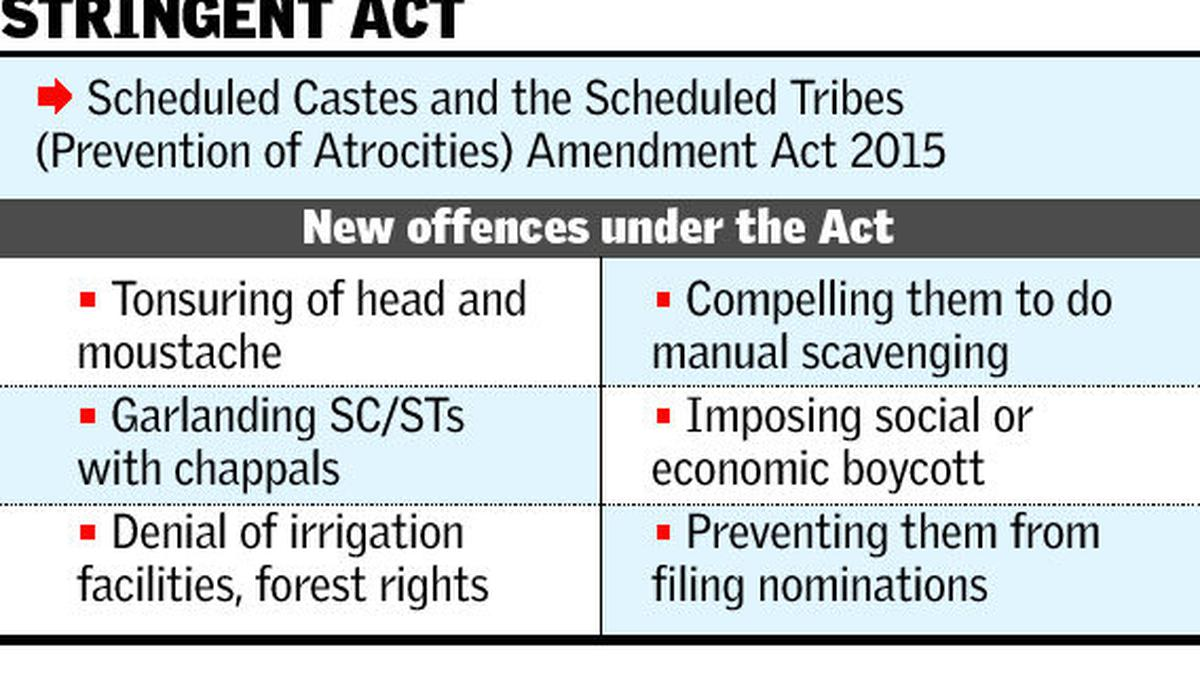
Procedure for Filing Complaints
- Reporting to the police: The first step involves reporting the incident to the local police station. The victim or any person on their behalf can file a complaint with the police regarding the atrocity committed against a member of the SC or ST community.
- Registering the complaint: Upon receiving the complaint, the police are required to register a First Information Report (FIR) promptly. The FIR initiates the legal process and sets the investigation in motion.
- Investigation process: After registering the FIR, the police are responsible for conducting a thorough investigation into the allegations of atrocities. This includes gathering evidence, interviewing witnesses, and collecting relevant information to build a case.
- Filing of charge sheet: Once the investigation is complete, the police file a charge sheet with the relevant court. The charge sheet contains details of the alleged crime and the evidence gathered during the investigation.
- Trial process: The case then proceeds to trial in a court of law. The accused is provided with an opportunity to defend them, and the prosecution presents its case. The court examines the evidence and witnesses before delivering a verdict.
|
Concern
●Failure to record complaints: Public servants failing to register complaints filed by members of SC or ST communities regarding atrocities committed against them.
●Intentional delay in investigation: Deliberately prolonging or delaying the investigation process of cases involving atrocities against SC or ST community members.
●Failure to prevent atrocities: Neglecting to take necessary measures to prevent atrocities against members of SC or ST communities within their jurisdiction.
|
Special Courts
- Special Courts are established under the provisions of the Scheduled Castes and Scheduled Tribes (Prevention of Atrocities) Act, 1989. These courts are designated to exclusively handle cases related to atrocities against members of SC and ST communities.
- Special Courts are mandated to ensure speedy trial of cases registered under the Act. This includes expediting the legal proceedings, minimising delays, and prioritising cases involving atrocities against SC and ST community members to ensure timely justice.
Penalties
- Individuals found guilty of committing atrocities against members of SC and ST communities can face imprisonment as a penalty. The duration of imprisonment varies depending on the nature and severity of the offence.
- In addition to imprisonment, the Act also provides for the imposition of fines on offenders. The fine amount is determined by the court based on the specifics of the case.
|
The Act mandates the payment of compensation to victims of atrocities. This compensation aims to provide relief to the victims and assist them in recovering from the physical, emotional, and financial harm caused by the offence.
|
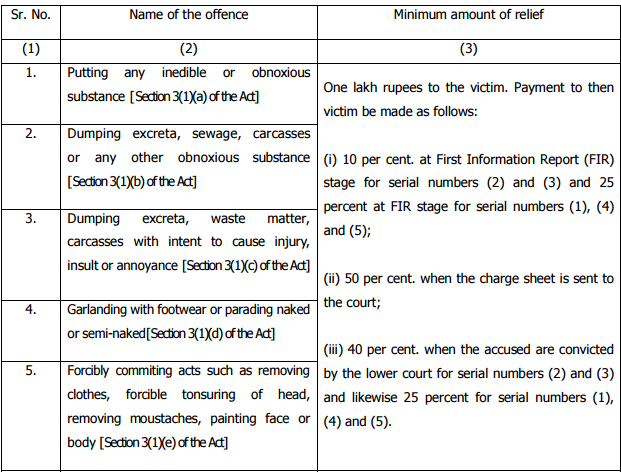
Special Provisions
- Burden of proof: In cases registered under this Act, the burden of proof lies with the accused, not the victim. This means that the accused must prove their innocence rather than the victim having to prove the guilt of the accused.
- No anticipatory bail: The Act explicitly prohibits the grant of anticipatory bail to individuals accused of committing atrocities against SC and ST community members. This provision aims to prevent accused persons from evading arrest and ensures their presence during the legal proceedings.
- Review of orders: The Act allows for the review of orders passed by Special Courts. If a party feels aggrieved by a judgment or order of a Special Court, they can seek a review of the decision through the appropriate legal channels.
- Exclusive jurisdiction of Special Courts: Special Courts established under the Act have exclusive jurisdiction over cases registered under this legislation. They are designated to handle cases related to atrocities against SC and ST community members, ensuring specialized and focused attention to these cases.
Landmark Judgments on the SC/ST Act
- Lalitha Kumari vs. State of UP (2011): The Supreme Court aimed to prevent misuse of the Act by laying down guidelines for registering FIRs. These guidelines included a preliminary inquiry to assess the veracity of the complaint before registering a case.
- National Campaign for Dalit Human Rights vs. Union of India (2018): The Supreme Court suggested a "diluted" approach to the "public view" requirement. This meant that even if the incident occurred in a private space if the humiliation could potentially be witnessed by others (e.g., through neighbours), it could still be considered an offence.
- Manoj vs. State (NC) of Delhi (2020): The Delhi High Court clarified that a mere social boycott, without violence or threat of violence, wouldn't constitute an offence under the Act. This judgment helped to define the boundaries of the Act, making it clear that not all forms of social exclusion fall under its purview. However, it also raised concerns about the potential vulnerability of SC/ST communities to non-violent forms of discrimination.
Enforcement and Implementation
- Role of law enforcement agencies: Law enforcement agencies, including the police, play a crucial role in enforcing the provisions of the Act. They are responsible for registering complaints, conducting investigations, and ensuring that perpetrators of atrocities against SC and ST community members are brought to justice.
- Monitoring mechanisms: To ensure the effective implementation of the Act, monitoring mechanisms are put in place to track the progress of cases registered under the Act, identify bottlenecks in the legal process, and address any shortcomings in enforcement.
- Public awareness campaigns: Public awareness campaigns are essential for sensitising society to the issues of caste-based discrimination and violence and for fostering a culture of inclusivity and respect for all communities. These campaigns aim to educate the public about the provisions of the Act, raise awareness about the rights of SC and ST community members, and encourage the reporting of atrocities.
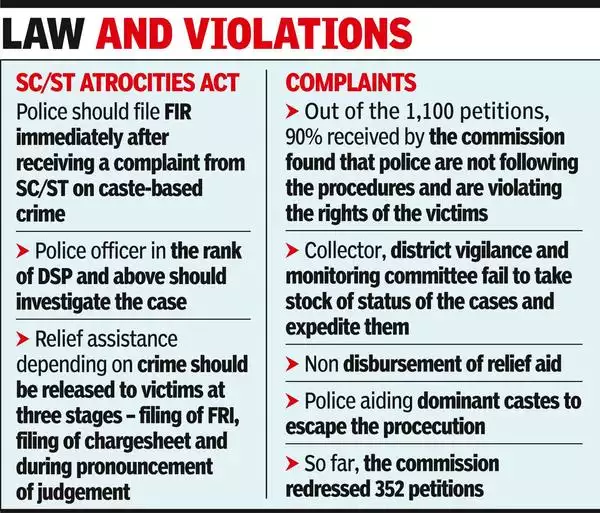
Impact of the Act
- The Act has had a positive impact on the lives of marginalised communities in India.
- It has provided a legal framework for seeking justice and redressal for victims of atrocities, empowered SC and ST community members to assert their rights, and raised awareness about the issues of caste-based discrimination and violence.
- The Act has also contributed to greater accountability and transparency in addressing cases of atrocities against SC and ST communities.
Way Forward
- There is a need for continued vigilance and efforts to strengthen the enforcement and implementation of the Act. This includes enhancing the capacity of law enforcement agencies, improving access to justice for victims, and addressing systemic issues that perpetuate caste-based discrimination.
- There is a growing recognition of the intersectionality of caste with other forms of marginalisation, highlighting the need for a more holistic approach to addressing social injustices.
Conclusion
- The Scheduled Castes and Scheduled Tribes (Prevention of Atrocities) Act, 1989, represents a significant legislative intervention aimed at addressing caste-based discrimination and violence in India. Through its stringent provisions, the Act seeks to protect the rights and dignity of members of SC and ST communities and hold perpetrators of atrocities accountable for their actions. However, effective enforcement and implementation of the Act require concerted efforts from law enforcement agencies, civil society organisations, and other stakeholders.
Source:
first post
Wikipedia
|
PRACTICE QUESTION
Q. What are the root causes of the continued marginalisation of certain communities in India, such as Dalits, Adivasis, and religious minorities, despite constitutional safeguards and various government initiatives? Analyse the complex interplay of social, economic, political, and cultural factors that promote this marginalisation.
|
Array
(
[0] => daily-current-affairs/scst-act
[1] => scst-act
)









